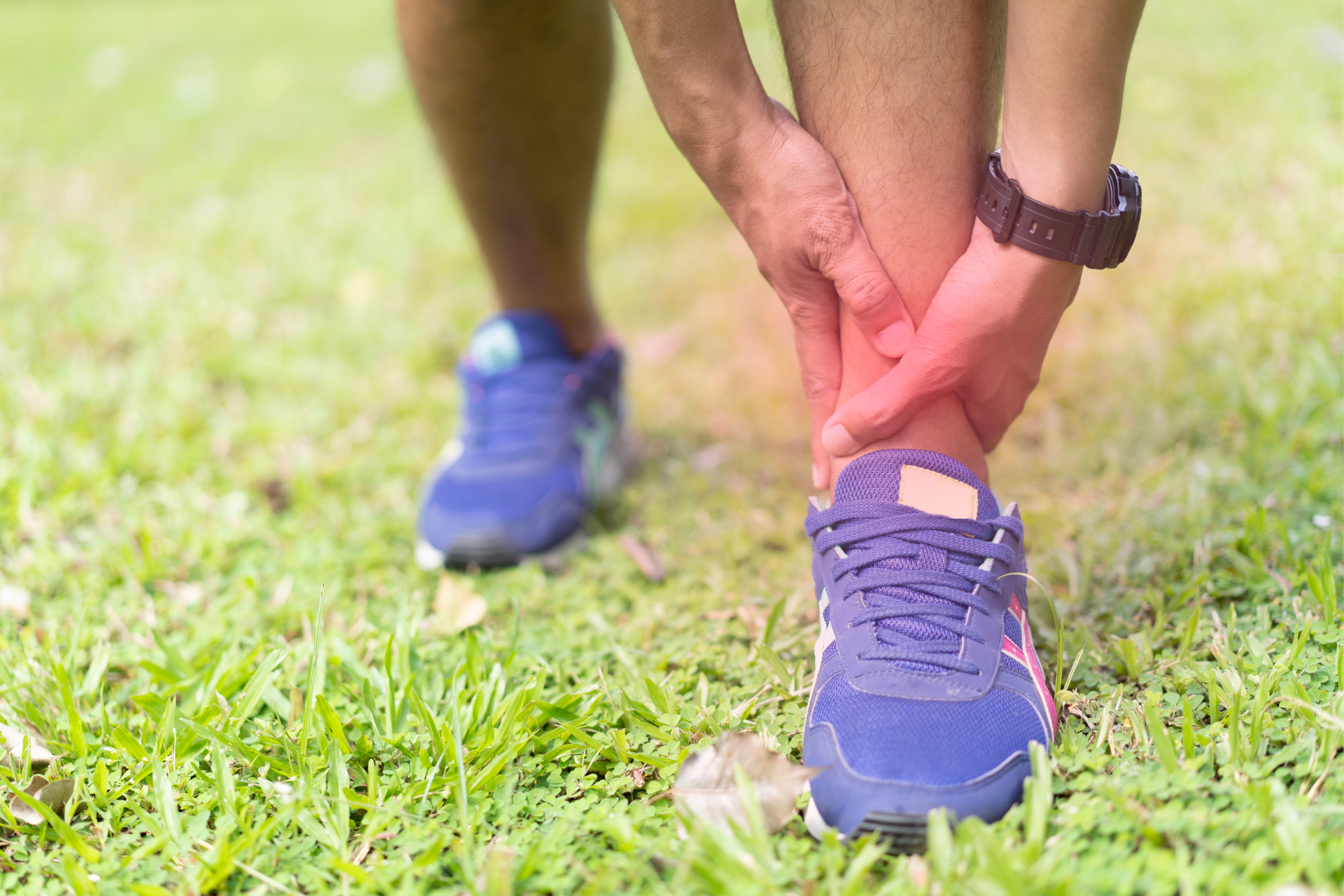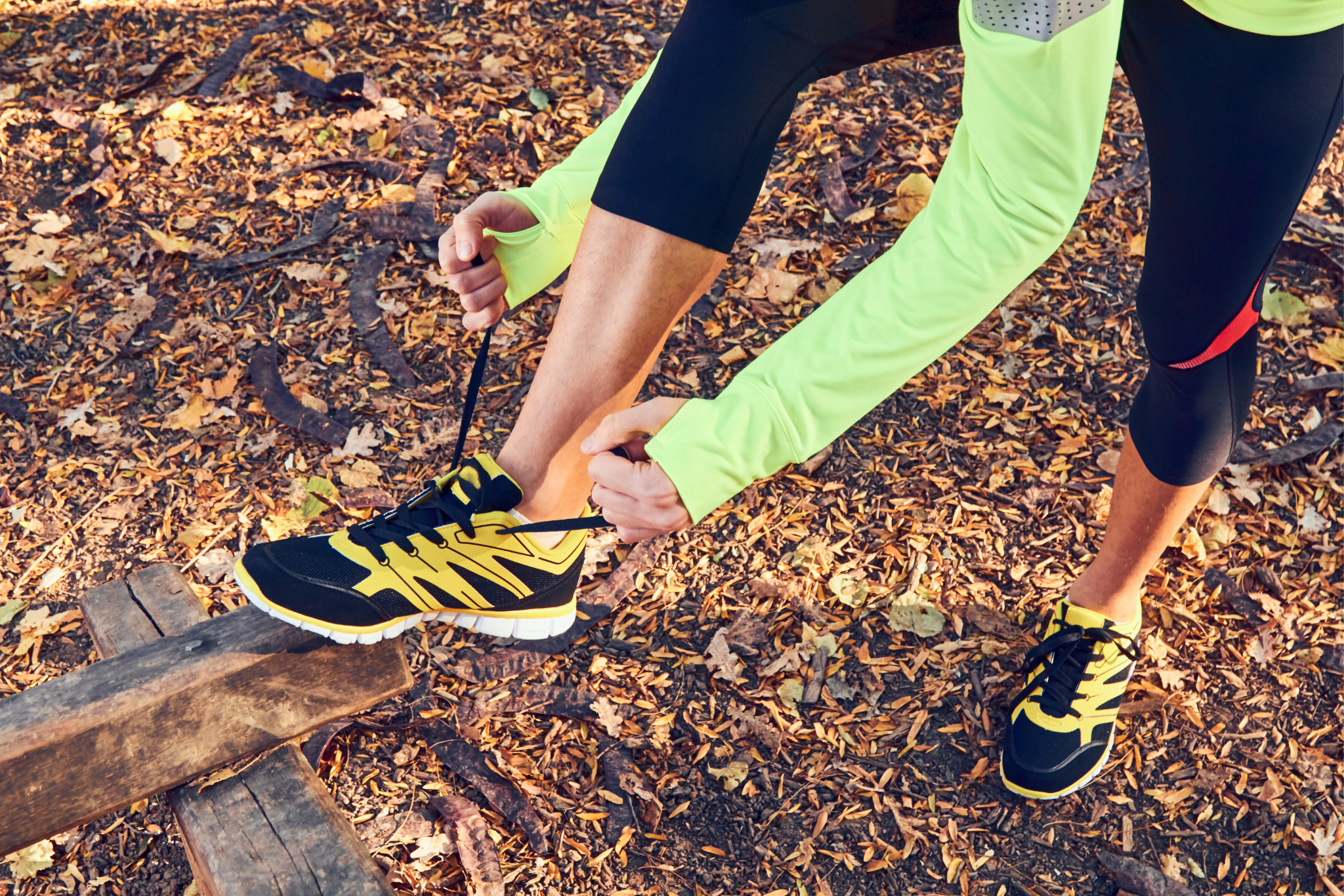5 Most Common Podiatric Sports Injuries
Podiatric sports injuries are prevalent among athletes of all levels, from amateur enthusiasts to professional competitors. These injuries can significantly impact an athlete’s performance and quality of life.
Understanding the most common podiatric sports injuries is crucial for athletes, coaches, and sports enthusiasts to prevent, identify, and treat these conditions effectively. This knowledge not only helps in minimizing downtime due to injuries but also ensures a long and healthy athletic career.
Foot, Ankle, and Toe Fractures
Foot, ankle, and toe fractures are among the most common sports injuries, collectively causing significant discomfort and downtime for athletes. These fractures can result from sudden impacts, falls, or repetitive stress during sports activities.
How Fractures Occur
Fractures can happen suddenly due to a high-impact force or gradually through repetitive stress over time. In sports, these injuries often occur when an athlete lands awkwardly, collides with another player, or experiences a sudden forceful movement. Stress fractures, in particular, develop over time due to repetitive activity without adequate rest.
Examples of Sports Prone to These Injuries
- Basketball: Sudden stops, jumps, and landings can lead to fractures. Players often experience fractures when they land on another player’s foot or twist their ankle.
- Soccer: Quick changes in direction, impacts with other players, and kicking motions increase the risk of fractures, especially in the metatarsals.
- Gymnastics: High-impact landings from jumps and complex maneuvers can cause both acute and stress fractures due to the repetitive nature of the sport.
Prevention Tips
- Proper Footwear: Choose shoes designed for your specific sport to provide adequate support and cushioning. Ensure they fit well to prevent excessive movement inside the shoe.
- Conditioning: Strengthening exercises for the lower extremities can enhance bone density and resilience, reducing the likelihood of fractures. Focus on exercises that build strength in the feet, ankles, and legs.
- Injury Prevention Techniques: Incorporate balance and agility training to improve coordination and reduce the risk of falls. Practicing proper techniques for jumps and landings can also help prevent fractures.
Ankle Sprains
Ankle sprains occur when the foot twists or rolls beyond its normal range of motion, stretching or tearing the ligaments that support the ankle. This injury is common in sports that involve rapid direction changes and jumping.
Mechanism of Ankle Sprains
Ankle sprains typically happen when an athlete lands on an uneven surface or another player’s foot, causing the ankle to twist unnaturally. The severity of the sprain can range from mild stretching of the ligaments to complete tears, leading to significant pain and instability.
Examples of Sports Prone to Ankle Sprains
- Basketball: Frequent jumps, quick pivots, and high-intensity movements make basketball players susceptible to ankle sprains. The fast pace and physical contact in the game increase the risk.
- Volleyball: Repetitive jumping and landing, often in crowded areas near the net, lead to a higher incidence of ankle sprains. Blockers and hitters are particularly at risk.
- Tennis: Sudden lateral movements, quick direction changes, and stop-and-go actions make tennis players prone to ankle injuries. Playing on different surfaces can also impact the risk.
Prevention Tips
- Ankle Stability Exercises: Strengthening the muscles around the ankle to provide better support and improve balance. Exercises like calf raises, ankle circles, and resistance band work are effective.
- Bracing: Using ankle braces or taping during activities can offer additional stability and support, especially for athletes with a history of sprains.
- Warm-up Techniques: Proper warm-ups before playing can increase flexibility, improve blood flow to the muscles, and reduce injury risk. Dynamic stretches and gradual intensity increases are recommended.
Plantar Fasciitis
Plantar fasciitis is characterized by inflammation of the plantar fascia, the thick band of tissue running along the bottom of the foot. This condition is often caused by repetitive activities that lead to micro-tears and inflammation.
How Plantar Fasciitis Develops
Repetitive strain on the plantar fascia from activities like running and jumping can cause small tears in the tissue. Over time, these tears lead to inflammation and pain, particularly noticeable in the morning or after long periods of inactivity.
Examples of Sports Prone to Plantar Fasciitis
- Running: Continuous pounding on hard surfaces puts significant stress on the plantar fascia, especially with inadequate footwear or poor running form.
- Soccer: Repetitive kicking and running, combined with the varied surfaces and hard impacts, contribute to the development of plantar fasciitis.
- Basketball: Constant jumping, quick movements, and the repetitive stress from playing on hard courts make basketball players vulnerable to this condition.
Prevention Tips
- Proper Footwear: Shoes with good arch support and cushioning can reduce strain on the plantar fascia. Custom orthotics may be beneficial for those with flat feet or high arches.
- Stretching and Strengthening Exercises: Regular stretching of the calf muscles and the Achilles tendon, as well as strengthening the foot muscles, can help prevent plantar fasciitis. Exercises like toe curls and towel scrunches are effective.
- Management: Incorporate rest periods to allow tissue recovery and avoid overtraining. Using ice and anti-inflammatory medications can help manage symptoms if they occur.
Achilles Tendinitis
Achilles tendinitis involves inflammation of the Achilles tendon, typically due to repetitive stress. This injury is common among athletes who engage in activities requiring extensive running and jumping.
How Achilles Tendinitis Occurs
Repetitive or intense strain on the Achilles tendon, which connects the calf muscles to the heel bone, can lead to inflammation and pain. This condition often develops gradually and is exacerbated by factors such as poor footwear, overtraining, and tight calf muscles.
Examples of Sports Prone to Achilles Tendinitis
- Running: High mileage and intense training, especially without adequate recovery, increase the risk of Achilles tendinitis.
- Basketball: Frequent jumping, sudden stops, and starts put significant stress on the Achilles tendon.
- Dancing: Continuous strain on the tendon from repetitive movements and jumps can lead to inflammation and tendinitis.
Prevention Tips
- Stretching: Regularly stretch the calf muscles to maintain flexibility and reduce tension on the Achilles tendon. Incorporate dynamic stretches before activity and static stretches afterward.
- Strengthening Exercises: Focus on strengthening the calf muscles and Achilles tendon through exercises like eccentric heel drops and calf raises.
- Gradual Progression in Training: Avoid sudden increases in training intensity or volume to prevent overuse injuries. Gradually build up your activity levels and allow adequate rest between sessions.
Athletes should prioritize injury prevention through proper training, conditioning, and biomechanical assessment. Recognizing the symptoms of common podiatric sports injuries and seeking prompt medical attention is vital for effective treatment and recovery. By taking these precautions, athletes can reduce the risk of injuries and enhance their performance, ensuring a long and healthy career in their chosen sport.
Are you experiencing podiatric sports injuries or seeking guidance on injury prevention? Contact our podiatry clinic today to schedule a consultation with our experienced specialists. Give us a call at (717) 620-8225. Our team is dedicated to helping you stay on your feet and achieve your athletic goals.


